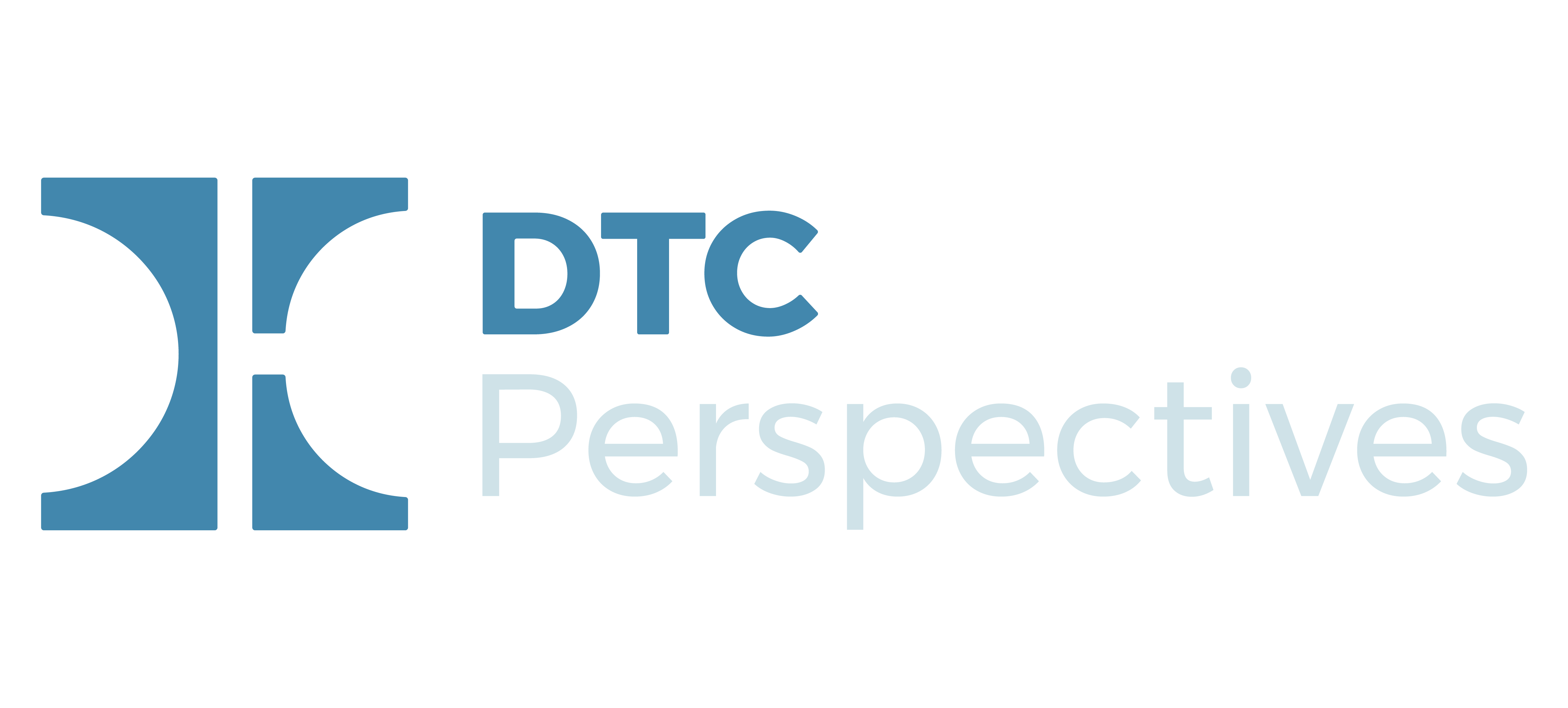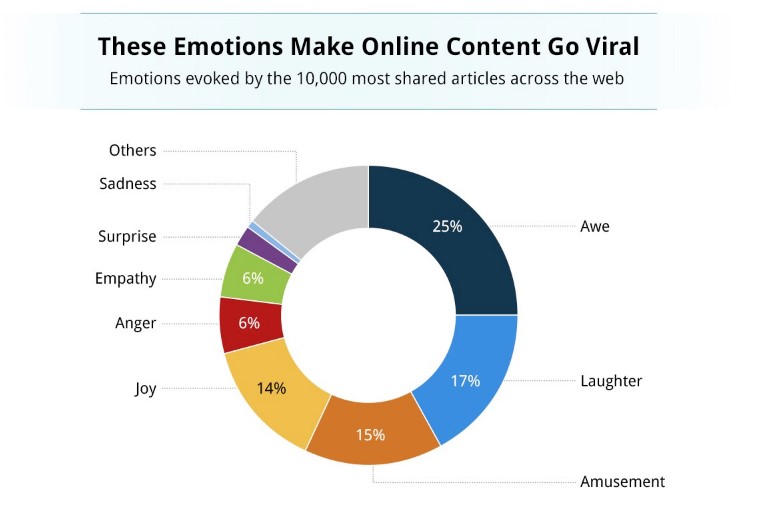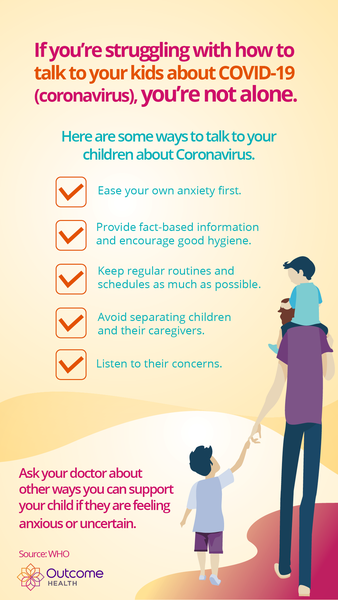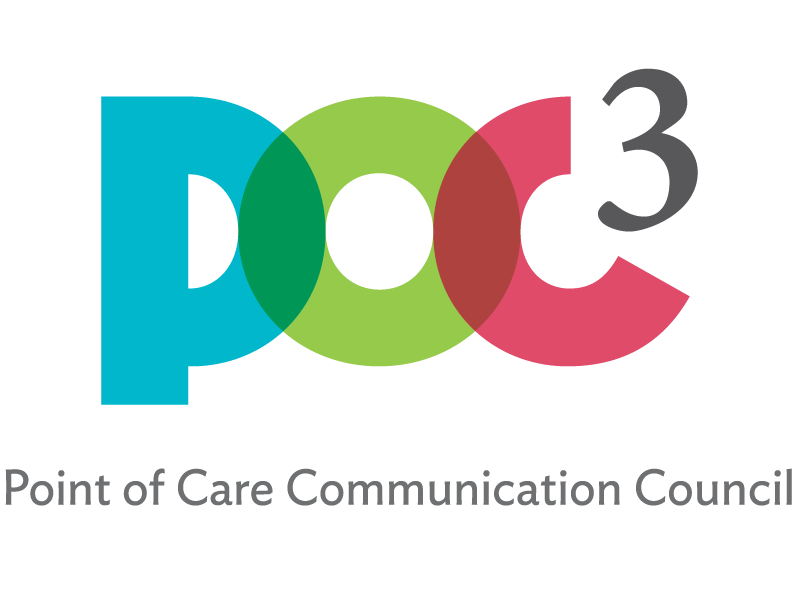Ben Plomion, Chief Growth Officer

Sponsored Content
Though COVID-19 and its swift and pervasive impact on daily life have cast our present in a shadow of uncertainty, one thing remains clear: We’re in this together. Overcoming the challenge to our immediate and enduring well-being is taking a combined effort––not just from hospitals, doctors, pharmaceutical companies, medical equipment manufacturers, politicians, and all the other essential enterprises and workers facing the pandemic head-on, but from every American. Now more than ever, everyone has a part to play.
For most, the part is small: to protect themselves from contracting and spreading COVID-19 by simply staying home. Businesses, too, must play a part. But, for many, knowing what part to play can be its own challenge. GumGum, a technology and media company specializing in machine learning solutions that extract value from text, images and videos, had the good fortune to recognize its own part early on––and how, in playing that part, it could help other companies play theirs.
One of GumGum’s core businesses is its contextual ad exchange––a solution specialized for safely and effectively engaging digital audiences. The company immediately recognized that its platform gave it a unique ability to quickly and widely communicate messaging that could help slow the virus’ spread. The company also knew that it could help brands contribute to that effort through GumGum Smile, a unique initiative for making a measurable positive impact on society that it was developing with the Ad Council.
When GumGum is running a GumGum Smile campaign, it donates a portion of every direct advertising dollar spent by brand clients toward creating and distributing messaging that inspires engagement and action around public issues. And no public issue is more important than slowing the spread of COVID-19.
GumGum launched the first digital coronavirus messaging efforts, in support of a White House- and CDC-backed Ad Council PSA campaign, when in late March it began running pro bono In-Screen ads across its publisher network featuring the hashtag #AloneTogether to communicate the importance of social distancing.
Many media companies felt the urgency to get the Ad Council’s messaging out, but GumGum was able to initiate its campaign just days after the Ad Council announced that it planned to launch national PSAs in response to the coronavirus pandemic, because GumGum’s ad creative and operations teams are uniquely agile and the company’s pre-existing flexible work-from-home policy meant that it was prepared, infrastructurally, to execute the campaign with all team members working remotely.
The campaign’s performance has been exceptional, delivering 91.5% viewability and a click-through-rate of .41%, more than four times the industry average for digital display advertising.
GumGum has been utilizing its computer vision and natural language processing powered contextual targeting technologies to reach audiences in both the 65-and-older demographic, to whom COVID-19 poses the greatest risk, and the 18-25 demographic, whose constituents are most likely to flout social distancing protocols.
“Our targeting tactics and strategy have been working extremely well,” explained Ben Plomion, GumGum’s Chief Growth Officer, who helped facilitate the #AloneTogether GumGum Smile initiative. “The campaign is generating tremendous interest in the social distancing message and driving traffic to the CDC’s COVID-19 information site.”
GumGum has now launched a second campaign utilizing its new In-Video overlay unit, which features a dynamic animation and a new, more direct #StayHome message. With the support of its brand clients, the company plans to continue running GumGum Smile campaigns to facilitate COVID-related PSAs until the threat posed by the virus shows signs of abating.
“I believe there is no more important message than the one we’re delivering right now, but I want to be clear: GumGum is not doing it alone,” said Plomion. “We’re bringing unique technological capabilities and our platform, but it also takes the patronage of our partners to make it happen. Like with so much right now, we’re getting it done together.”

















